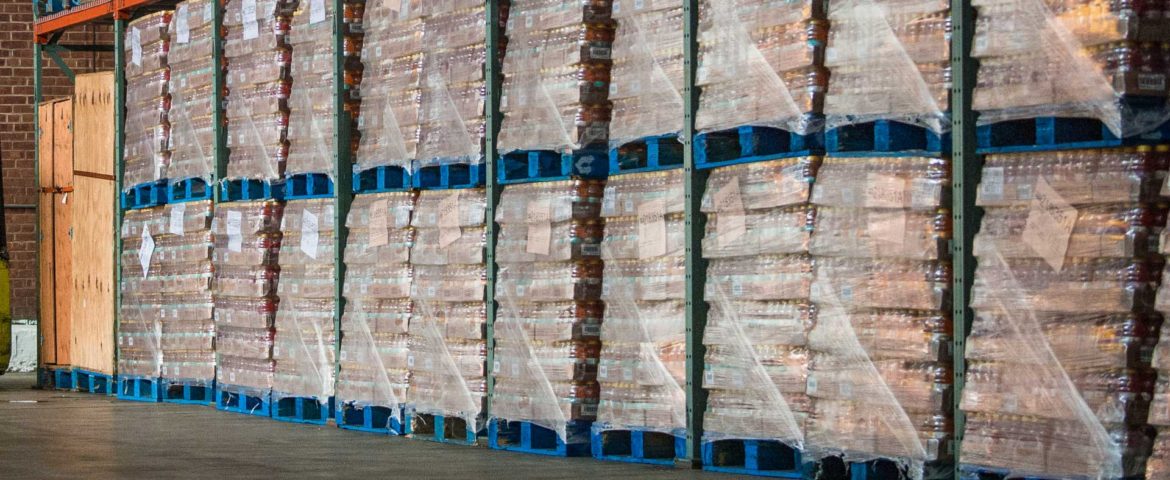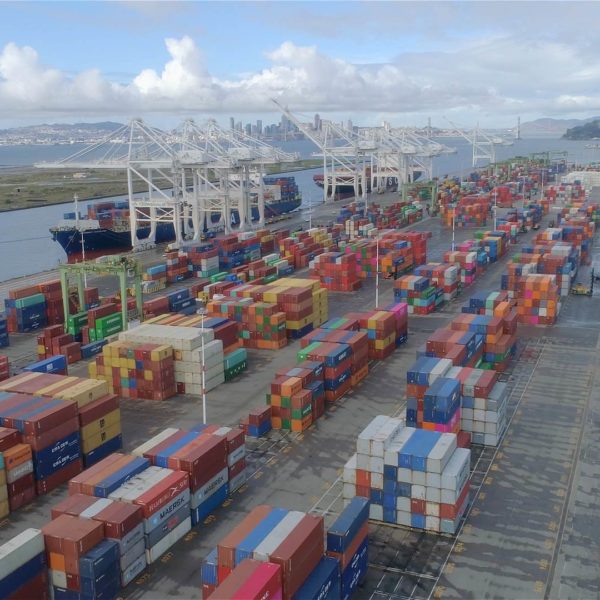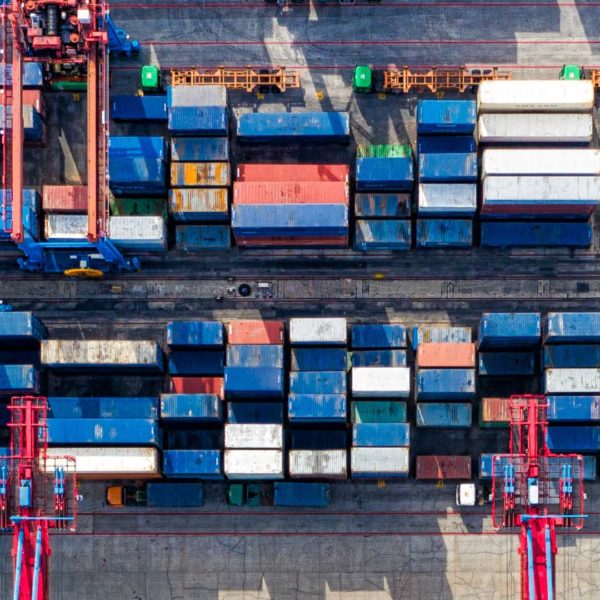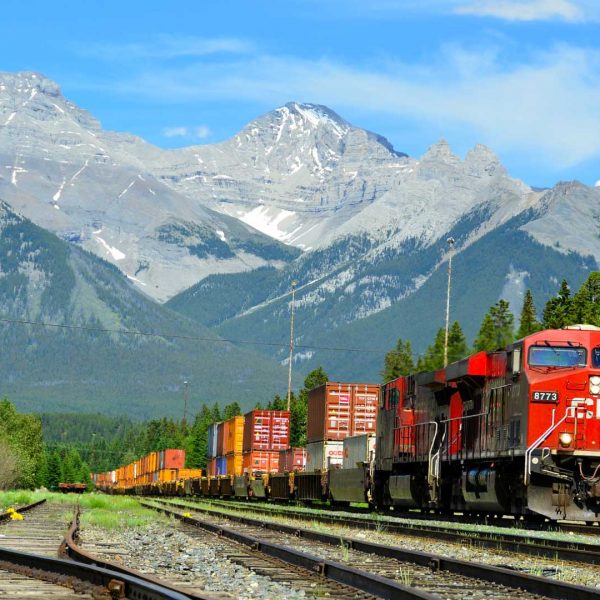Consumers are demanding e-commerce offerings from the majority of retailers, even grocery stores pivoted to delivery models with over 95 billion in online grocery store purchases in 2021.
Fulfillment costs have skyrocketed as parcel rates, LTL, and warehousing space have been heavily in demand. For many companies, figuring out the best fulfillment model that doesn’t negate the products’ profitability is a major challenge, compounded by additional coronavirus-related challenges.
So what steps can be taken to reduce supply chain costs?
Here are a few of the most effective ways to reduce fulfillment cost
- Shipment Consolidation
- Inbound Mode Selection
- Ocean vs Air
- Data and Inventory Planning
- Automation and Processes
- Logistics and Fulfillment Partners
- Reverse Logistics and Managing Returns Cost
- Packaging
- Warehouse and Distribution Center Location
Now we’ll take a more in-depth look at each strategy to control fulfillment costs for your e-commerce supply chain.
Shipment Consolidation
This is simple in concept but can be more complicated depending on how your fulfillment is set up. For inbound freight, is there an opportunity to aggregate shipments from parcel to LTL or LTL to full truckload, freight costs will be reduced. Typically this makes more sense for inbound shipments or b2b firms that are shipping larger volumes.
For b2c fulfillment, combining shipments into larger boxes, or potentially combining several orders from one customer and shipping them at the end of the week will make a large difference to your fulfillment costs. While the Amazon effect is ever-present, which is consumers demanding very fast shipping often for free, this isn’t always practical. Considering offering free shipping only on orders above certain dollar amounts or using slower shipment options unless the customer pays extra for a more rapid fulfillment experience. Just be upfront about any changes to shipping policy, as that last thing you want is a bunch of bad reviews!
Some firms have also tried to emphasize and promote curbside pickup, which is not generally an option for many companies but is a great method to control costs in certain situations where a store pickup is an option.
Inbound Mode Selection
Many smaller firms rely heavily on one or two carriers often affiliated services with the parcel carriers they are familiar with or larger trucking companies for the majority of truckload freight, but this isn’t always the most cost-efficient way to move freight.
A large percentage of firms also have their vendors route inbound freight but costs can also be higher than you would expect vs you routing your inbound freight.
Look at your lanes and make a list of all inbound lanes, then work with carriers you are already comfortable with to see if it is more cost-efficient to have them haul your inbound freight on certain lanes. Over time you can expand your inbound freight operation and ultimately route the majority of inbound freight yourself.
If possible use truck, intermodal, and ocean instead of air, as air freight will be drastically more expensive. Intermodal shipping is another great shipping option on full truckload routes longer than 500 miles. Intermodal combines the inherent efficiencies of rail with the convenience of short-haul drayage with freight rates often being 10-25% less costly than traditional over-the-road freight.
Contact us if you want to trial intermodal freight on your longer lanes!
Ocean vs Air
As we briefly touched on above, plan your import freight early so you can avoid the much more expensive air freight option. Sometimes, you have no choice but use air, but many times with proper planning, you can work with your suppliers to produce freight earlier enough to utilize LCL container freight routed with ocean carriers.
Depending on your volumes and inland routing, it might make sense to transload ocean containers from international 40 ft containers to 53ft domestic containers for the inland portion of the trip. Typically 3 40ft containers’ worth of freight will fit into 2 53 ft containers which helps to minimize shipment costs.
Shipment Data Analysis and Proper Inventory Planning
Inventory management and data analysis are key to building long-term cost-efficient supply chain and fulfillment practices. There are a large number of firms now offering data analysis for fulfillment firms and a number of warehouse and inventory management softwares available. You absolutely should be using some type of automated planning tools, as firm-wide fulfillment efficiency will be so much easier to track, compare and maintain accuracy.
Inventory planning is crucial to keeping your freight on the water vs having to resort to air freight. Inventory planning will also give you great insights into inventory holding costs, changes in fulfillment parcel rates, and inbound freight charges per product and lane. Use these tools to predict changes over time and seasonal impacts. It’s no secret that the most sophisticated supply chains in a world heavily rely on data forecasting and data analysis to squeeze more efficiency out of their supply chains and fulfillment models.
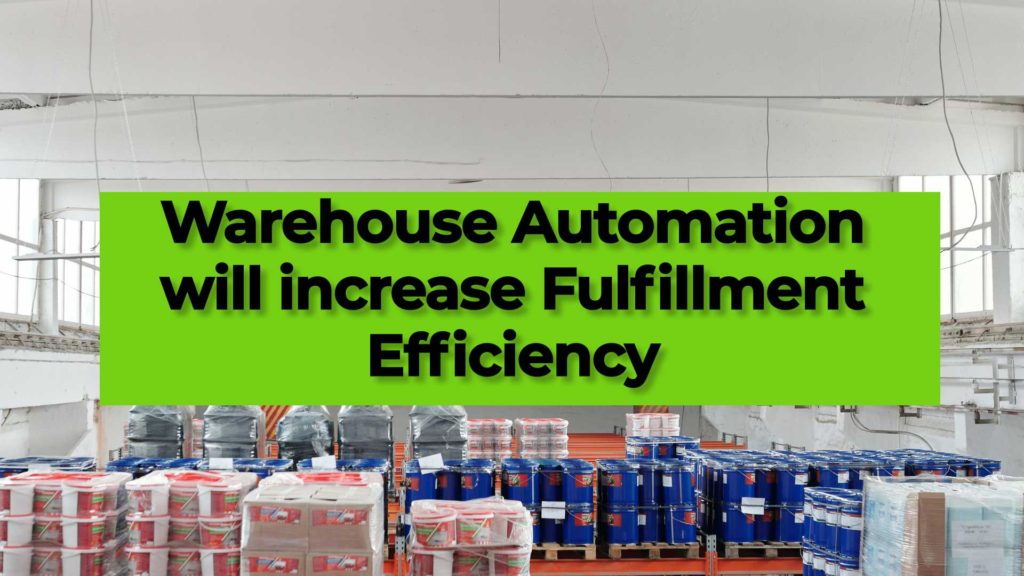
Automation and Fulfillment Processes
If you have your own warehouse or production facility, think about integrating automation tools. Automation will allow you to handle a greater volume of product orders and replenishment orders without increasing headcount and maintaining great accuracy to data reporting. Just like with data analysis and inventory management, almost all larger firms that have fulfillment operations and warehouses are doing everything they can to integrate automation into their facilities.
Fulfillment processes are not always well documented for small firms. Take the time necessary to clearly document your fulfillment processes including contingencies and provide all needed contact information for supply chain partners. If a team member is out due to illness or another disruption is affecting your business, you want another employee to be able to clearly execute needed supply chain and fulfillment operations. This is crucial to keeping costs down when crises occur and keeping your business functioning smoothly.
Deploy technology solutions as much as possible within your supply chain and fulfillment operations. For inbound freight, digital logistics providers like zmodal, can be a source of extra capacity, a second look at lane pricing, or a way to move loads on lanes you might not have partners already lined up.
Logistics and Fulfillment Partners
Logistics and supply chain partners are key relationships for any fulfillment operation. Make sure your supply chain partners have technology solutions that allow you to track loads, make data management easy and great communication. As freight markets tighten and fulfillment costs rise, it’s important to build relationships with a number of fulfillment and logistics partners. While its often on the larger national carriers or 3rd party fulfillment partners that small companies have heard of, more regional and niche carriers can provide better service and better pricing on many lanes that fit their network.
Work to build new relationships with small carriers and logistics providers as these relationships could be very important if you need additional capacity when peak season hits.
The reliability and resilience of your supply chain will increase as you diversify the range of shipping and fulfillment partners you work with!
Another important tool to reduce supply chain and fulfillment costs is to work with third party logistics providers that have experience in areas that proving to be challenging or costly. Often, outsourcing logistics services whether managed transportation or working with 3pls on certain lanes or aspects of your fulfillment process can be a major time and money savings as 3pls will often have specific experience or capacity that allows them to handle that portion of your supply chain more efficiently than you can yourself.
Reverse logistics
How do you handle returns? Returns as you know can be costly, and with the rise in e-commerce sales and more people than ever wanting products delivered, it means that returns will continue to rise as well.
Think through how to handle returns. Do you want to handle them in-house or work with a third party provider of pick and sort services to handle returns?
Make sure that your return policy is clearly visible to customers at the time of purchase and that it is relatively easy for customers to make returns, as this is starting to become an expectation and could be a reason a customer picks you over your peers.
Packaging
How are your products packaged? Work with your suppliers to potentially reduce the weight and size of the packaging, which in turn reduces fulfillment and inbound shipping costs. Just make sure not to go too far with reducing the sizing of packaging as this will result in more damaged inventory and returns.
Think hard about relying more on paper products for packaging and reducing the amount of plastic you use. Over time the push for retailers and e-commerce companies to be more green will only increase. Shifting your supply chain and packaging to more green options will put you ahead of the pack. Communicating your green supply chain practices is becoming more important to consumers as well, so this is something that could be shared via your marketing department through email and social media channels and could even result in customers picking you over rivals!
Warehouse and Distribution Center Location
Think critically about where your inventory is stored. Whether it’s in your own facilities, 3rd party fulfillment centers, or leased warehouses, inventory location is a driving factor of supply chain and fulfillment costs. Ideally, inventory is positioned as close to end consumers as possible but this isn’t always an option depending on how your manufacturing, procurement, or fulfillment operations are set up.
But as your company expands, and data is collected on customer location, inventory holding locations could potentially be modified as a means to reduce cost and expedite efficient operations.
Zmodal is a top intermodal shipping company providing door-to-door intermodal, and full truckload services nationwide throughout our digital supply chain dashboard which provides easy route searching, booking, document management, and analytics. CONTACT US if you want to lower your supply chain costs or want access to North American intermodal capacity.
